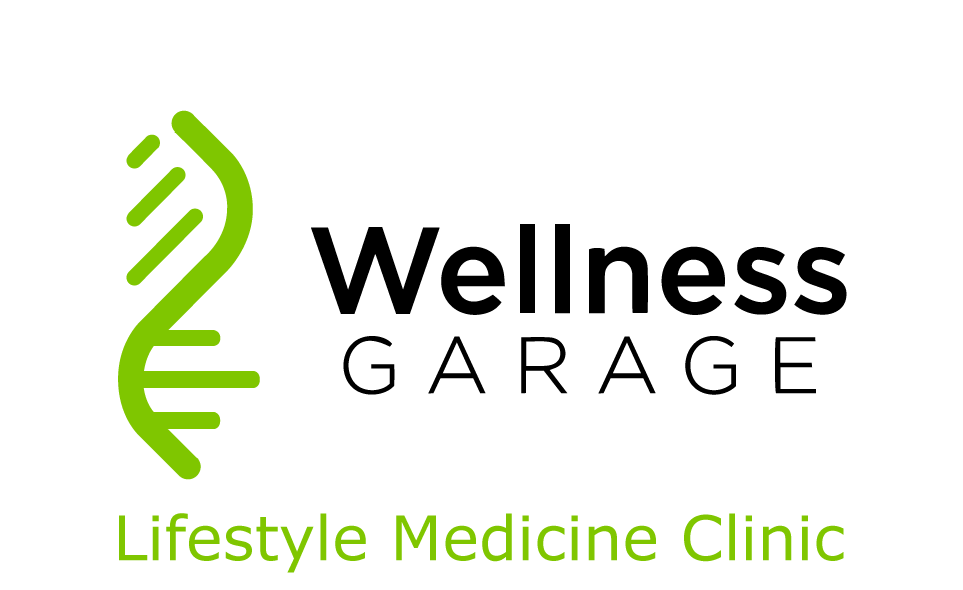|
Exercising for 150 minutes or more per week at moderate to vigorous intensity will provide you with most of the health benefits of exercise. Multiple sessions, as short as ten minutes, add up to keep you fit and healthy. Combining exercise with moving throughout the day while avoiding long periods of sitting provides a strong foundation for a healthy life.  Photo by Lital Levy on Unsplash In our LEVELUp system, we refer to this as: Level 1
Remember, consistency is much more important than intensity. When you consistently hit these targets for 6-8 weeks, you will be ready to progress to Level 2. What is moderate to vigorous physical activity? Intensity depends on your fitness level. Your breathing will be an excellent guide. During moderate-intensity exercise, you will be breathing more rapidly than at rest, but you can still have a conversation, although your sentences will be a little shorter as you catch your breath. At vigorous intensity, holding a conversation becomes more difficult or impossible! Some examples of moderate-intensity:
150 minutes sounds like a lot of time!
Spreading out your exercise across six days maximizes the benefits while only taking 2% of our waking hours. We recommend at least three days per week of exercise. The challenge when you start is that the individual session may seem long if you exercise fewer days. Either way - make a plan that works for you. We also recommend that everyone at this level take at least one day off per week from exercise. A day off will keep you fresh. Of course, you will need to stay active and move throughout your off-day. How do I know when to increase the duration of exercise? Go slow and listen to your body. Moderate exercise should feel relatively easy and should leave you feeling refreshed and energized. You should not be fatigued the following day. If you feel fatigued at any point as you build up, decrease the duration for a few days until the fatigue passes, then build by adding a few minutes every few days. Decreasing the duration is always better than taking the day completely off. Let fatigue be your guide. If I haven’t exercised previously (or in a long time), what should I do? For most people getting started, walking will be the first mode of exercise. Walking is simple, low-risk, and accessible to most people, and moving briskly or going up hills can be a great way to elevate the heart rate. If walking is not accessible to you, consider swimming, cycling, or using an exercise machine (i.e. stationary bike, rowing machine, elliptical, etc.). What if I’m ready to push myself? Wait until you have been exercising for at least four weeks before you push yourself. This will give you a base of fitness that will prepare you for higher intensity. It will also decrease your risk of injury. After four weeks, you can increase your intensity in a workout and see how your body responds. Every few weeks, you can add another vigorous-intensity workout until you reach three per week. Always follow a vigorous (hard) day with a moderate (easy) day. If you are fatigued on the day you have scheduled your vigorous workout, go with another moderate (easy) day. Listen to your body and progress slowly. Walk before you jog, jog before you run, run before you sprint. Injuries are common when intensities become too high too quickly. You should always start with lighter efforts and gradually increase the effort as your body feels healthy and ready. Remember, now is the time to build excellent behaviour patterns and a strong aerobic base. The time for intensity will come later. Making the Change Developing consistent exercise behaviours is key to mastering Level 1. Here are some tips to help keep you consistent:
Once you are up to 150 minutes per week, keep it up for 6-8 weeks, and you will have mastered Level 1! We hope that you can keep the Level 1 behaviours indefinitely, but we encourage you to take the next step and move to Level 2. More exercise will generally provide more significant benefits, and incorporating Level 2 behaviours certainly will. Asking for Help If you are experiencing any of the following, consider meeting with your doctor, physiotherapist, or an exercise professional like a kinesiologist or exercise physiologist to help you on your exercise journey:
Final Plan We will use the FITT principle (frequency, intensity, type, time) to highlight our plan to master Level 1. F - Move every hour, exercise daily. I - Moderate to vigorous intensity. T - Steady aerobic exercise. T - Move breaks for 2-5 minutes, exercise for 20-25 minutes. Good luck mastering Level 1! If you need help changing your behaviours, Wellness Garage is here for you. Need help applying this to your busy life? Get a personalized fitness plan to help you get started, progress or improve your enjoyment of physical activity The TARGET Fitness Plan gives you expert advice to transform your exercise habits - whether you are getting started or want to improve your current program. Our exercise physiologist will assess what you are currently doing and provide you with a personalized fitness plan based on the LEVEL Up Your Fitness Strategy. |
AuthorDr. Brendan Byrne Categories
All
|


 RSS Feed
RSS Feed
